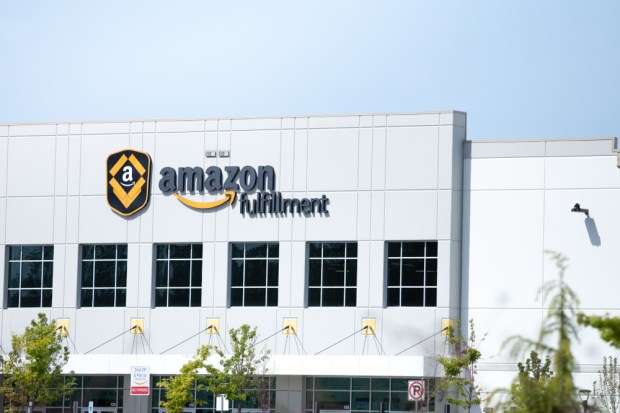Walmart and Amazon Streamline Staff in Cost-Cutting, Automation Efforts

Despite Walmart’s better-than-expected earnings results, Reuters reported earlier this week that the mega-retailer is asking 16,000 pharmacists nationwide to voluntarily cut hours in an effort to conserve margins.
According to the article, possible offers range from reducing an 80-hour two-week work period to 64 or 72 hours, even as Walmart ramps up its pharmacy services. This comes after Walmart laid off nearly 2,000 workers dedicated to fulfilling eCommerce orders earlier this year, per CBS News.
This drive may stem less from a short-sighted revenue crunch and more from Walmart’s public long-term push toward automation. Efforts include two partially automated Market Fulfillment Centers the retailer has up and running, as well as converting a Florida warehouse to be mainly automated, with completion targeted for the end of the year. The Bentonville-based retailer also acquired robotics firm Alert Innovation earlier this year.
Free? Of course.
You've uncovered one of our premium articles. Register to keep reading and receive free unlimited access to all our premium content.
Amazon has also been exploring the benefits of automation. Amid layoff rounds, the eCommerce giant has streamlined staff in its brick-and-mortar Amazon Fresh locations as it shifts a greater portion of its grocery sales to online fulfillment. The positions dedicated to online fulfillment, generally within warehouses, have been integrating automation technology into tasks through the company’s in-house developed Sparrow AI-driven software. In June, Wired reported on Amazon’s new generation of robots in the warehouse, dubbed Proteus, in an “automation revolution.” Amazon hopes Proteus and other related technology will relieve some of the company’s personnel shortage issues and increase efficiency.
These programs are rolling full steam ahead despite consumers’ marked disinterest in automation as a job replacer. PYMNTS’ proprietary research shows that 60% of all consumers are disinterested in fulfillment automation; 61% of those disinterested consumers cited job displacement as a factor in their opposition to automation and 38% of those consumers indicate it is the leading reason. This far outpaced the second-most cited concern of reliability.
Among the 40% of respondents interested in automation, fewer felt as strongly over the top-cited choice, with just 8.4% of these consumers citing faster delivery speed and 5.8% citing decreased delivery costs as the most important reason they were interested in automation.
Both retailers have chosen to focus automation efforts mainly within warehouses and fulfillment centers. This may be the savvy move, given that consumers have so far expressed skepticism when it comes to robots and automation taking over tasks. By keeping the automation technology out of sight, both retails seem to be banking on keeping it — and concerns about job losses — out of consumers’ minds.
